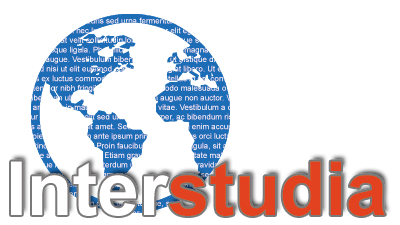Abstract
Dans l’œuvre de l’artiste écossaise Georgia Russell, la présence de l’écrit marque une attirance pour la puissance évocatrice du terme. Depuis son arrivée en France où elle dut se confronter à l’emploi d’une langue étrangère, l’artiste utilise le livre comme médium et sa technique de découpe s’approprie des supports variés, généralement textuels, connus de tous. Il s’agit de romans, de couvertures d’ouvrages ou de journaux, de dictionnaires de langues etc., où les découpes au scalpel mettent en exergue certains termes tout en en oblitérant d’autres. Cet attachement au mot l’amène à créer des raccourcis visuels qui évoquent les approches oniriques du surréalisme ou de la psychanalyse. À partir de la seule fonction évocatrice d’un terme aux connotations universelles se développe une forme d’imaginaire linguistique et culturel qui porte sur l’interaction entre art et langage, souvent convoquée dans l’art contemporain depuis la modernité. En étudiant plus précisément la technique systématique de l’artiste et son attachement à une certaine rythmicité, nous tenterons de comprendre le fonctionnement des œuvres de Georgia Russell. Nous verrons comment elle s’approprie un mot pour le porter vers une matérialité organique, ses sculptures de papier devenant des figures totémiques. Nous constaterons cette transformation d’un support textuel familier en une métaphore visuelle permet au spectateur de partager d’emblée l’imaginaire de l’artiste.
Abstract
The work of Scottish sculptor Georgia Russell shows a particular interest in the power of the written word. Since she arrived in France some fifteen years ago when she started using a foreign language, the artist has been using paper which has become her major artistic medium. She cuts and slashes novels, book covers, newspapers, language dictionaries etc. and her scalpel cuts emphasize some words in particular. By doing so, she creates visual shortcuts which evoke the dreamlike approaches of surrealism or psychoanalysis. In a manner which is common to many contemporary artists, the universal terms she emphasizes in her work suggest a linguistic and cultural imagination which
challenges the interaction between art and language. The point of this article will be to explain the way Georgia Russell uses abstract words and transforms them into concrete sculptures, thus creating totemic figures out of paper. This article will primarily show how this transformation of familiar words into visual metaphors allows the beholder to immediately share the artist's imagination.

